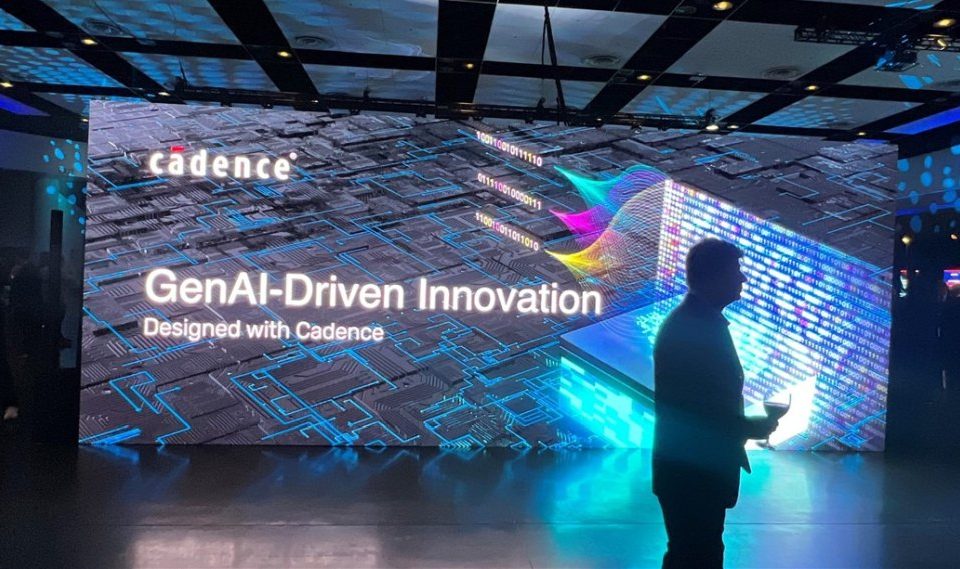Cadence unveils AI-powered supercomputer for streamlining jet design

The future of supersonic travel got a major boost today with Cadence Design Systems‘ announcement of a new artificial intelligence (AI) supercomputer specifically designed for jet design to simulate how air flows over jets and other gear as its competition with Ansys heats up.
Named “Millennium M1,” this innovative system aims to revolutionize the simulation process by modeling airflow over jets and related components. This unveiling comes amidst escalating competition with Ansys, as both companies vie for dominance in this field, Reuters reported.
The Millennium M1 is poised to accelerate testing procedures, enabling engineers to conduct a greater number of tests in less time. Leveraging AI capabilities, the supercomputer will sift through vast volumes of data generated by these tests, offering recommendations for enhancements that may have eluded time-constrained engineers.
While Cadence is renowned for its software facilitating computer chip design, where meticulous placement of billions of microscopic transistors dictates a chip’s performance, the company is now engaged in a fierce rivalry with Synopsys. This competition revolves around integrating chip design software with applications essential for designing and testing larger mechanical systems in which these chips are embedded.
Cadence’s expertise lies in physics simulation software, facilitating analyses of airflow and fluid dynamics, directly competing with Ansys. Synopsys recently initiated a $35 billion acquisition of Ansys, following Cadence’s initial interest in acquiring the company.
According to Frank Ham, Cadence’s Vice President of Research and Development for Computational Fluid Dynamics, the computational demands of physics simulation software are so immense that engineers often lack sufficient time to comprehensively test every aspect of their designs while meeting business deadlines. Ham emphasizes the pivotal role of AI in scrutinizing simulation results and uncovering hidden design innovations.
“There’s no human that’s reading all of the results of those simulations, and some of the design innovations that are buried in there are going be teased out,” Ham said in an interview.
Cadence has refrained from disclosing the system’s cost but offers both sales and rental options to cater to varying customer preferences. The Millennium M1 is readily available for deployment, marking a significant stride towards advancing supersonic travel capabilities.
Founded in 1988 by the merger of SDA Systems and ECAD, Cadence Design Systems specializes in electronic system design. Its Custom IC Design and Simulation solutions empower customers to craft detailed schematic and physical models of circuits, delving down to the transistor level. These tools are essential for designing a wide range of circuits, including analog, mixed-signal, custom digital, memory, and radio frequency (RF) designs.

